New Territories: Laboratories for Design, Craft and Art in Latin America
Over 75 artists unite for a first-of-its-kind group exhibition at MAD Museum

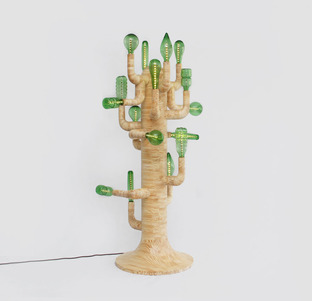
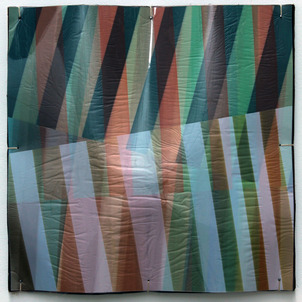
In a first-ever comprehensive look stateside, NYC’s Museum of Arts and Design (MAD) is getting ready to launch “New Territories: Laboratories for Design, Craft and Art in Latin America on 4 November 2014. The exhibition showcases the work of over 75 artists who have pushed the boundaries in their respective industries since 2000. The show follows on the heels of what weve been observing as a growing focus from the world on the southern region, whether its on sports (from the World Cup to the Olympics), politics or creative inspiration (like identical twin street artists Os Gemeos).
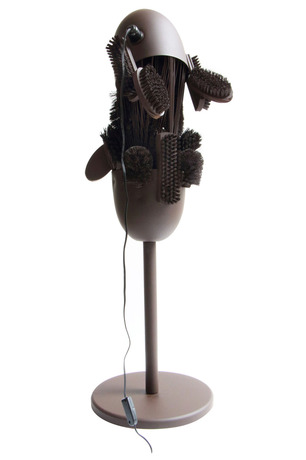
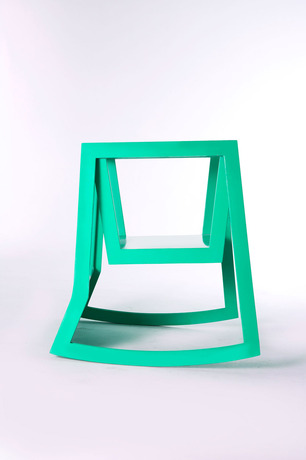
MADs chief curator Lowery Sims and a curatorial advisory committee organized the show around six regional “hubs” (Havana, Mexico City/Oaxaca, San Salvador, San Juan, So Paulo/Rio de Janeiro and Santiago/Buenos Aires) with each of those areas assigned to represent a specific concept about art, design or craftfrom pushing collectivity and experimentation to referencing iconic artists in the global sphere.
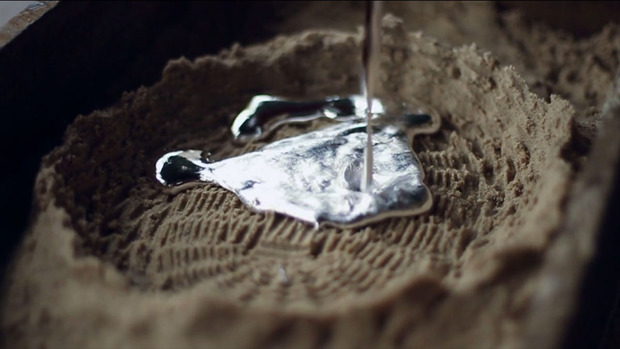
“This was an organic process,” says Sims. “Webegan by identifying trends and themes that emerged from the work and the various conversations we had as a committee and that we had with the designers and artists and other experts we consulted. That was important because it meant that we were not imposing preconceived ideas on the field but responding to trends and themes that were germane to contemporary practice.”
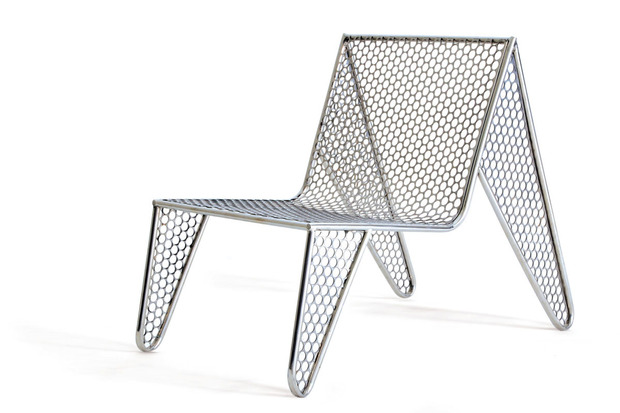
One of the themes explored in the show is the repurposing of objects. Brazil has perhaps explored this concept deepest with their reputation for Jeitinho Brasileiro (the Brazilian way, and further explored in Adriana Kertzers “Favelization” book)and was chosen to represent this idea through So Paulo/Rio de Janeiro. Examples include Zanini de Zanines Moeda chair, created from a sheet of metal that was leftover after the process of minting coins, and Studio Swine‘s “Can City” (melted cans given new a life as chairs) and “Cactus Light” (made with found bottles as bulbs). Rodrigo Almeidas work is also featured here, with Servant Lamp, where he employed everyday brushes to reference menial tasks.
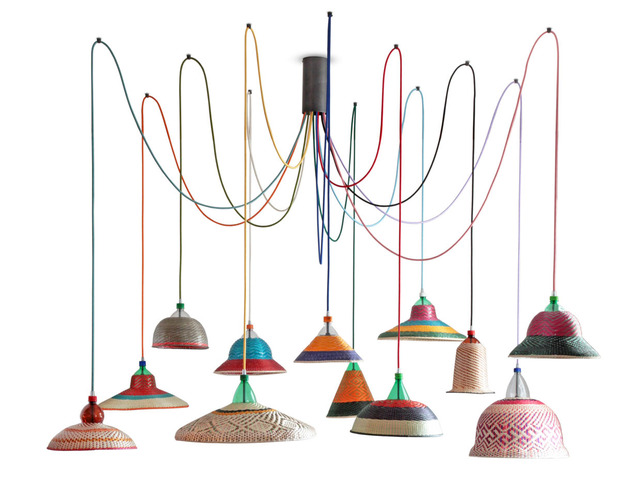
Within the upcycling theme is the prominent use of recycled plastic as a medium. Museum-goers can see them in the U Rock Chair by Davi Deusdar, rica Martins, Rafael Studart and Tais Costa, created from bottles collected in a park that aims to connect the publics leisure experience with an object they use inside the park. The colorful, gorgeous hanging weaved lamps by Spains Alvaro Catalan de Ocon made in conjunction with indigenous groups in Colombia utilize refuse that would otherwise take decades to decompose.
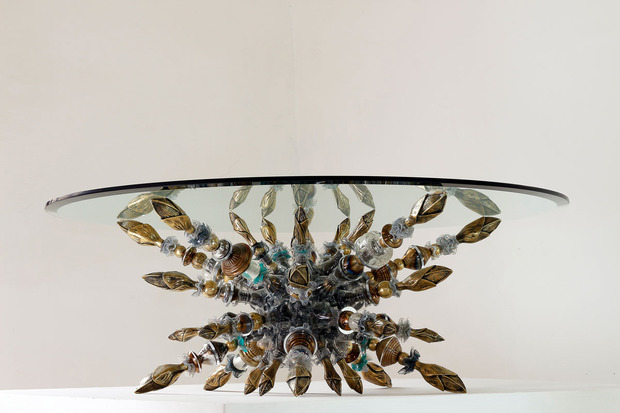
French artist Thierry Jannot, based in Mexico City, relied on plastic bottles to see his works come to fruition: His Coffee Table is a visually intricate hodgepodge of materials and textures. The ribs of the bottles make up the arms of his chandelier to give it a retro-futuristic look.
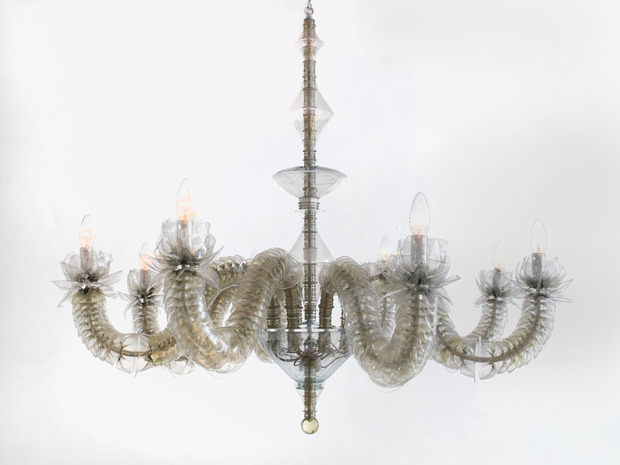
The common thread of re-purposing objects through plastic also appears throughout the exhibit under different themes. Categorized under the Legacy theme, Venezuelan-born Pepe Lopezs Geometria Blanda is a layered, sewn artwork comprised of 300 plastic bags made in China. Meanwhile in the Space theme, Mexicos Gilberto Esparza transformed PVC pipes into slightly terrifying, moving and seemingly breathing creatures hanging off telephone wires in Parsitos Urbanos.
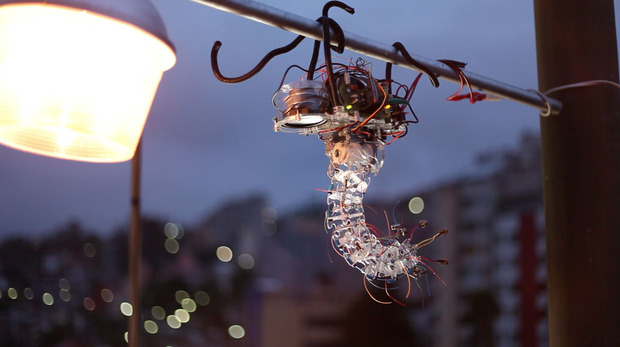
“I was moved by the commitment on the part of younger designers and artists to working with craftspeople, indigenous communities and small family fabricators as a means not only to produce their work, but also to preserve the skills and know how that can be found in their communities,” Sims says. “I was doubly impressed by their savvy as global entrepreneurs.”
The six-month exhibit is the latest installment of the museums Global Makers Initiative that began four years ago with a deep dive into maker culture in Africa. It is accompanied by a detailed website that invites discovery. The expansive site acts as both a resource for researchers and those interested in Latin American art and design. If you can’t make the exhibit in person, the site is an excellent substitute.
“New Territories: Laboratories for Design, Craft and Art in Latin America opens 4 November 2014 and will be on view until 6 April 2015.
Images courtesy of New Territories












